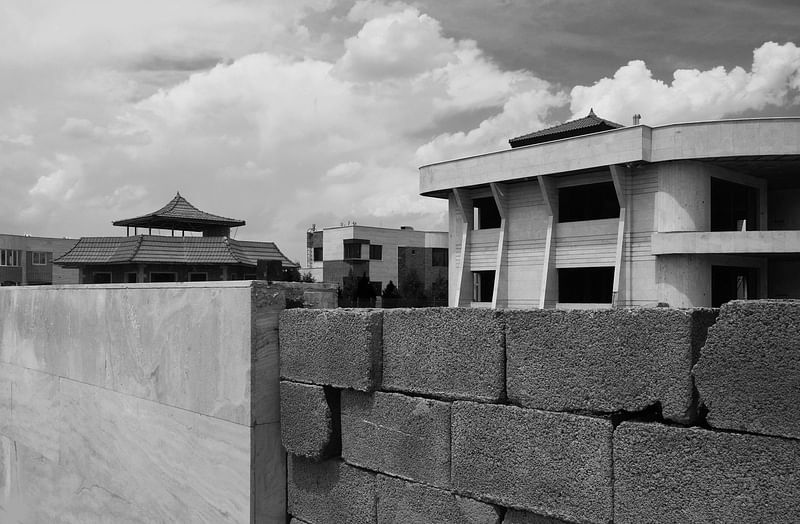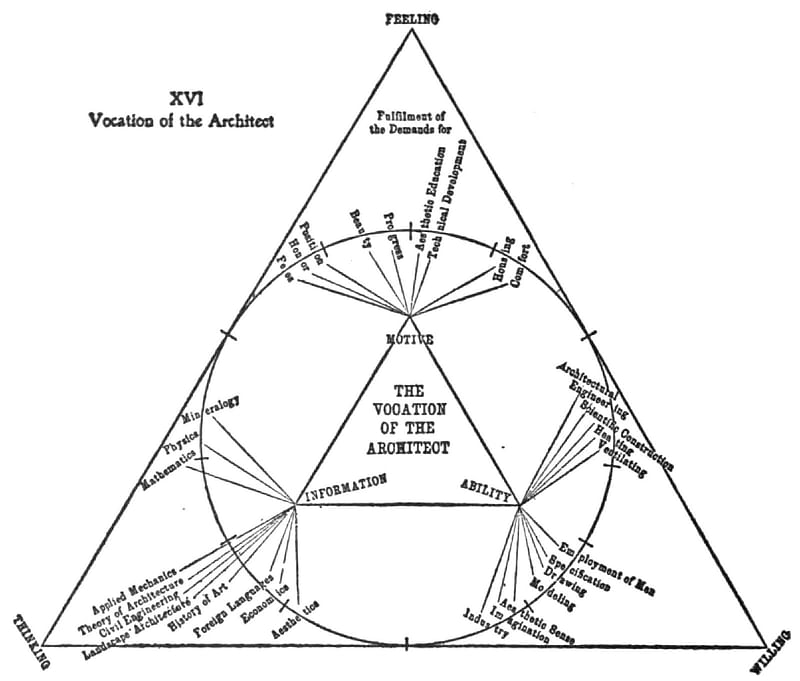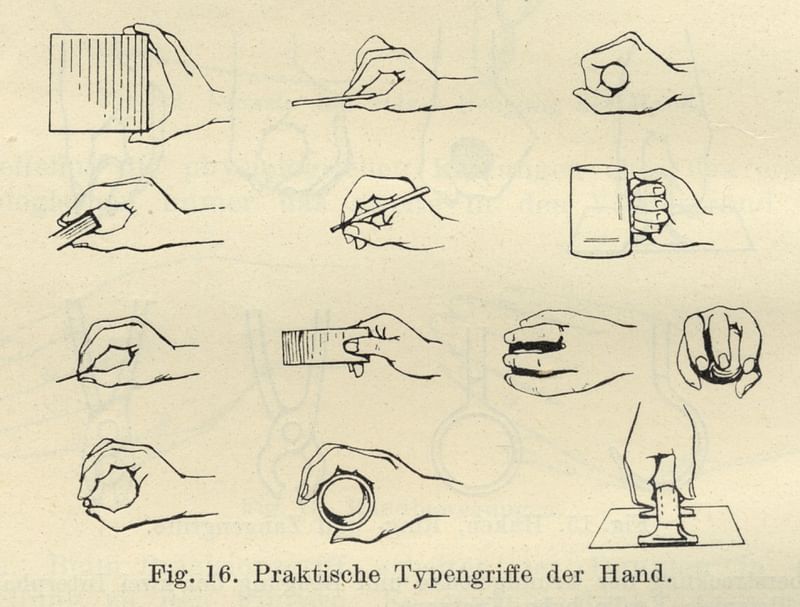2017 Carter Manny Awards given to Columbia GSAPP and UC Berkeley Ph.D. students
By Justine Testado|
Thursday, Nov 9, 2017

Related
Established in honor of the late Carter H. Manny, the Graham Foundation's yearly 2017 Carter Manny Awards distinguish doctoral student dissertations that represent original, advanced architectural scholarship. Yesterday, the Foundation announced James Graham of Columbia GSAPP as the Dissertation Writing Award recipient for “The Psychotechnical Architect: Perception, Vocation, and the Laboratory Cultures of Modernism, 1914–1945”. This year's Dissertation Research Award went to Razieh Ghorbani of the University of California, Berkeley's Department of Architecture for her project, “The Space of Sanctions: Architecture and Construction in Contemporary Iran”.
Check out the winning entries below.
Dissertation Research Award: “The Space of Sanctions: Architecture and Construction in Contemporary Iran” by Razieh Ghorbani



Summary: “This dissertation looks into the relationship between economic sanctions and the built environment in Iran. Sanctions, while well understood in terms of politics and economics, have not been studied as part of everyday Iranian culture. In contemporary Iran, a vital part of the “culture of sanctions” is experienced materially, in architectural terms. [...] This dissertation argues that sanctions work culturally and spatially simultaneously to close and open media. Though sanctions may obstruct the architectural field to certain material flows, they also open it to new cultural economies and political aspirations. This means that sanctions cannot simply be turned on and off. They have persisting social influences that should be studied even after their removal.”
Dissertation Writing Award: “The Psychotechnical Architect: Perception, Vocation, and the Laboratory Cultures of Modernism, 1914–1945” by James Graham
RELATED COMPETITION Call for Applications: 2017 Carter Manny Award



Summary: “This dissertation explores the effects of these emerging fields on architectural modernism, as it turned to perceptual science and vocational bureaucracy as a means to judge not just design, but also designers. [...] This research explores the links between architectural design (in practice and pedagogy) and the emergent bureaucracies of vocational placement and occupational therapy in the Soviet Union, the United States, and Germany, showing the sympathies between psychophysiological research, particularly that of Hugo Münsterberg, and the designs and teaching methods of figures like Nikolai Ladovsky, Moisei Ginzburg, Hannes Meyer, and Lázsló Moholy-Nagy.”
Three more students also received Citations of Special Recognition in both categories.
Dissertation Writing Award Citations:
Kera Lovell of the Purdue University, School of Interdisciplinary Studies, American Studies Program for “Mapping Power over Urban Green Space in the Age of Protest, 1968–1988”
Nikki Moore of the Rice University, Department of Art History for “Agritectures of the Green Revolution: Architecture, Art and the Agrilogistics of Transnational Aid from the United States to the Caribbean Region, 1930–1978”
Dissertation Research Award Citation:
Matthew Mullane of the Princeton University, School of Architecture for “Worthy Objects: Architecture and Histories of Observation in Meiji Japan”

RELATED NEWS Two Ph.D. students from Columbia GSAPP and Duke University win the 2016 Carter Manny Awards


Share
0 Comments
Comment as :